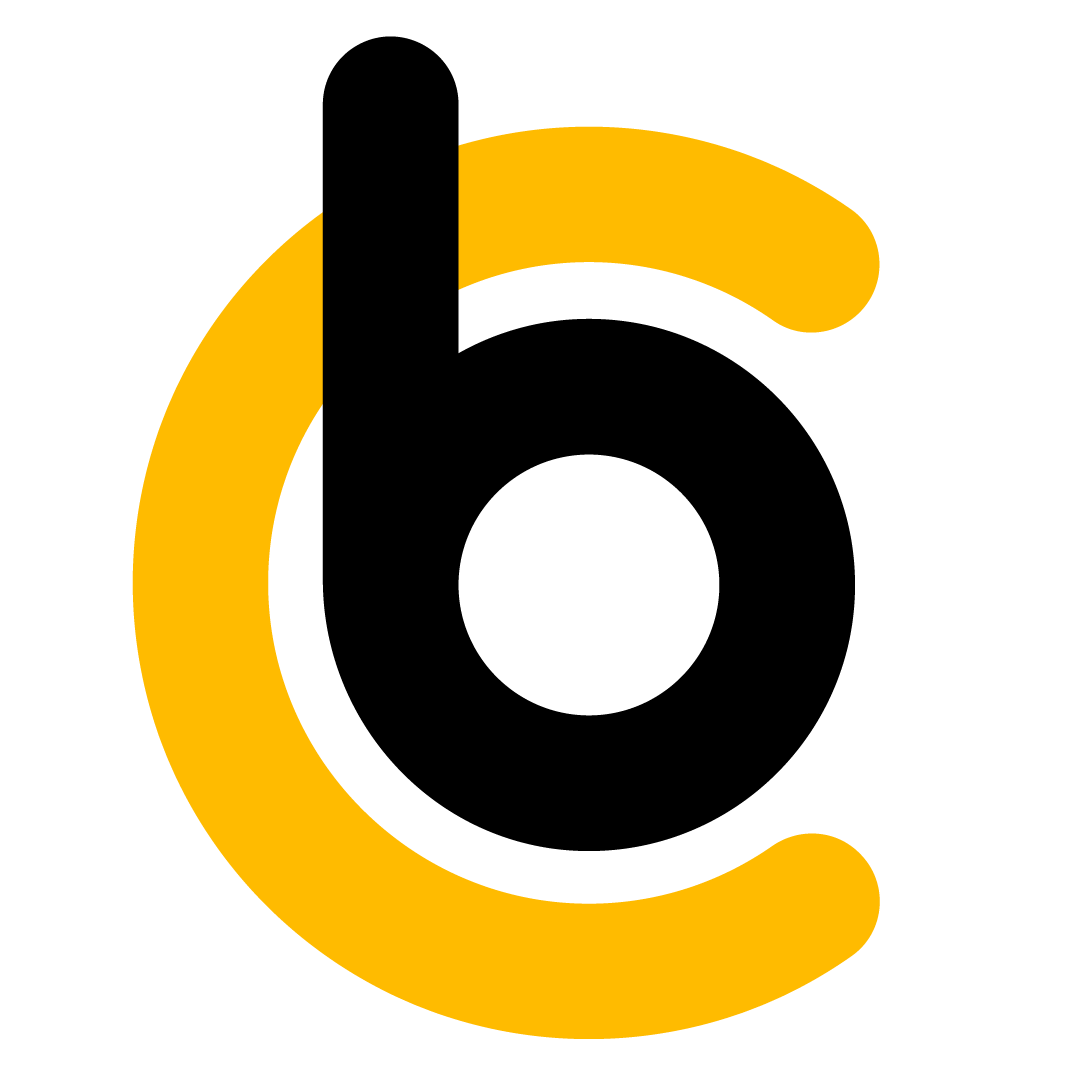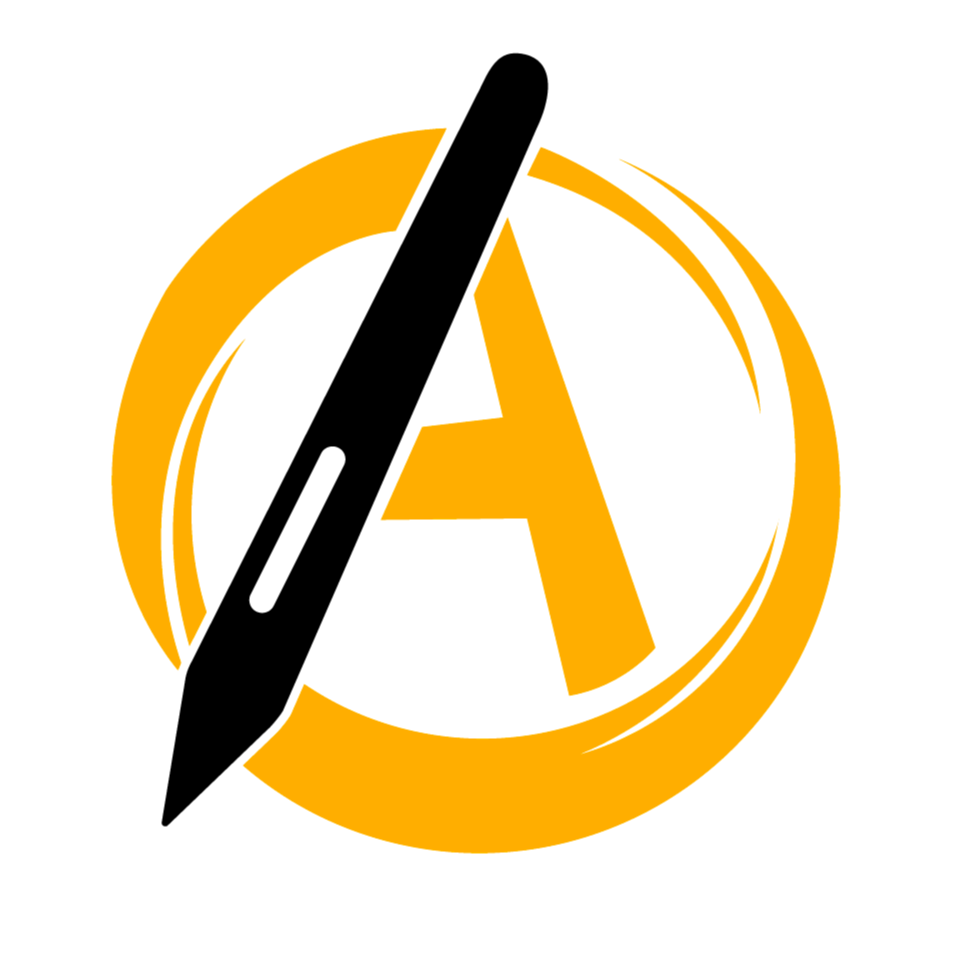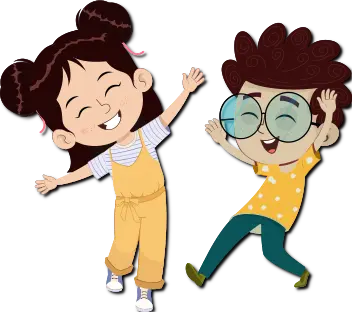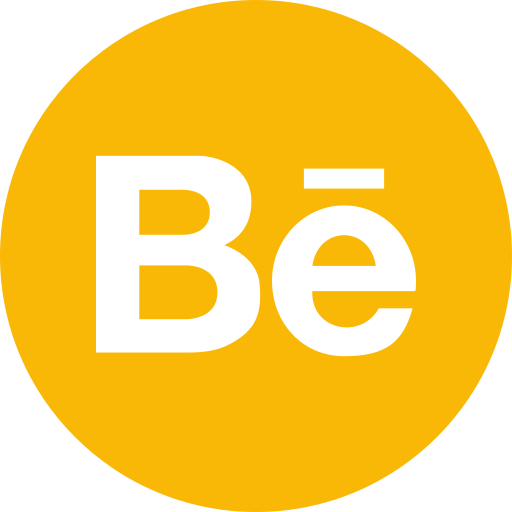
Use of Animations: A Comprehensive Guide
Key Takeaways:
- Animations increase website engagement by up to 70% and lead to conversion rates increasing by 80%
- Strategic application of animation would reduce bounce rates and improve retention of information
- Custom animations create 34% improved brand recall over static content
Breaking Down Complex Ideas
Animation simplifies complex concepts into digestible, visually appealing content that sticks in your audience's mind. The human brain processes visual information 60,000 times faster than text, which makes animation an invaluable tool for effective communication.
- Educational Animation Turn dry, technical information into interactive visual stories that capture attention and improve retention rates by up to 65%. The powerful medium has changed the way we learn and perceive complex ideas. Using moving images combined with text-based narrative, educational animation helps move learners long after viewing.
- Product demonstrations
- Employee training modules
- Explanations of technical processes
- Customer onboarding sequences
- Marketing Animation Marketing animations drive results, with studies showing an 80% increase in conversion rates when landing pages include animated elements. The world is getting increasingly busy, and attention spans are dwindling. Animated content cuts through this noise, and pushes messages that stick: This dynamic nature of animation has the ability to capture attention that static content just cannot match.
- Brand storytelling
Product launches - Social media campaigns
- Email marketing assets
Educational animations are very effective for:
Effective uses include:

Types of Animation That Drive Results
- Motion Graphics: Motion graphics is the style of animation that combines graphic design with animation to convey dynamic visual content. This versatile style of animation has gained much popularity because it is able to simplify complex information into something that a viewer can easily digest. Motion graphics add movement into graphic elements to create an interesting experience that will hold viewers' attention.
- Corporate presentations
- Data visualization
- Brand identity animations
- Social media content
- Character Animation: Character animation makes your brand more human and emotional. The animation gives life to personalities, making them relatable for the target audience. The well-crafted movements and expressions make character animation tell stories that resonate with viewers and establish long-term brand relationships.
- They achieved 45% higher engagement rates
- They achieved 34% better brand recall
- They achieved 23% more social share
This style is most successful for:
Character animation-using companies reported that:

Strategic Animation Implementation: When to Use Animation
The secret to effective animation implementation is strategic placement and purposeful execution. It's not just movement for the sake of movement; each animated element you use should have a specific purpose in your overall communication strategy. By thoughtfully considering when and where to use animation, you'll maximize its impact and effectiveness.
Use animation for:
Use animation for:
1. Website Enhancement
Your website is often the first touch point between your brand and a potential customer. Strategic animation can turn an otherwise static website into an immersive, engaging, interactive experience that flows the user through your content while also keeping them interested.
Elevate the user experience of your website with meaningful animations that help:
Elevate the user experience of your website with meaningful animations that help:
- Direct attention in subtle motion cues
- Improve navigation flow with intuitive transitions
- Highlight important information with targeted animations
- Help create memorable interactions that strengthen the brand recall

2. Product Demonstration
Complex products and services really need to be explained in great detail in order for the full value of them to be drawn out. Animation brings explanations of features and benefits to life for potential customers.
Demonstrate your products or services by animating presentations that:
Demonstrate your products or services by animating presentations that:
- Put the spotlight on features in a very engaging way
- Explain complicated functionalities in a visual storytelling format
- Proper usage with clear, step-by-step guidelines
- Comparison scenarios that hone in on your unique value proposition
3. Industry Related Initiatives
- Technology Industry: The technology industry poses a special challenge when trying to convey innovative ideas to diverse groups. Animation transcends language barriers and makes technical concepts accessible to all parties.
- Visualize data architecture and intricate systems
- Demonstrate software functionality in action
- Explain cloud computing concepts using visual analogies
- Illustrate security features and protection mechanisms
- Healthcare Industry Healthcare providers must communicate complex medical information to patients in a way that is understandable and reassuring. This is possible with animation while remaining abreast of what are considered correct in medicine.
- Patient education about conditions and treatments
- Medical procedure explanations that reduce anxiety
- Anatomical demonstrations that clarify internal processes
- Treatment plan presentations that improve compliance
Technology firms use animation to:
Healthcare providers employ animation for the following purposes:
4. E-commerce
Standing out in the online retail world is next to impossible. Animation allows for delivering memorable shopping experiences, which builds conversions.
Following are the benefits of animation to online retailers:
Following are the benefits of animation to online retailers:
- Product demonstrations highlighting unique features
- Features that highlight value
- Usage demonstrations that increase confidence
- Explanations of the purchase process, reducing abandonment

Good Practices for Implementing Animations
1. Performance Optimization
Performance is paramount in today's fast-paced digital world. Animations should highlight the user experience without compromising load times or functionality.
Make sure your animations improve rather than degrade the user experience:
Make sure your animations improve rather than degrade the user experience:
- Optimize file sizes to load quickly
- Use suitable formats for animations on each device
- Keep in mind mobile performance on different devices
- Test on several browsers
2. Brand Consistency
Your animations should come alive from your brand identity. Consistency in the visual elements helps build recognition and trust.
Brand Identity Through:
Color schemes consistent with your brand
Consistent character styles that are representative of your brand
Uniform motion patterns to add familiarity
Visual language consistent across all channels
3. Accessibility Considerations
Accessibility ensures your animation reaches all audiences appropriately. Considerate implementation makes your content accessible to all people.
Make your animations accessible by:
Make your animations accessible by:
- Providing alternative text for screen readers
- Including pause options for user control
- Avoiding rapid flashing that could cause discomfort
- Considering reduced motion preferences for sensitive users

Future Trends in Animation
The animation landscape continues to evolve with technological advances. Staying ahead of these trends helps maintain a competitive edge.
AI-Powered Animation
Artificial intelligence is revolutionizing animation creation, making it more efficient and sophisticated than ever before.
Look for developments in:
Look for developments in:
- Instant character rigging, savings time
- Smart motion generation for realistic movements
- Dynamic content adaptation based on the user behavior
Interactive Animation
The future belongs to user-interactive animation, making experiences more engaging and personal.
Trending features include:
Trending features include:
- Responsive animation that responds to the user's input
- Gamified experience to engage the users
- Personalized content, that which resonates with the users
- User-behavioral-related real-time modifications

FAQ
- Q: How much does professional animation usually cost?
- A: The cost for professional animation is quite diverse and can range from $2,000 to $50,000, depending on complexity, length, and style.
- Q: What's the perfect length of an animated explainer video? A: Ideally, a video is 60-90 seconds in length; however, this can vary based on the needs of your organization and platform.
- Q: How long does it take to make a professional animation? A: It typically takes 6-12 weeks to make a professional animation from concept to completion, depending on complexity and revisions.
- Q: Do animations increase SEO rankings? A: Yes, good-quality animations increase user engagement metrics and dwell time, which increases SEO rankings.
- Q: What style of animation is best for business? A: The best style will depend on your brand, message, and audience, but motion graphics and 2D animation are most commonly used for business applications.
Let's Discuss !!














